Call Us
08045800958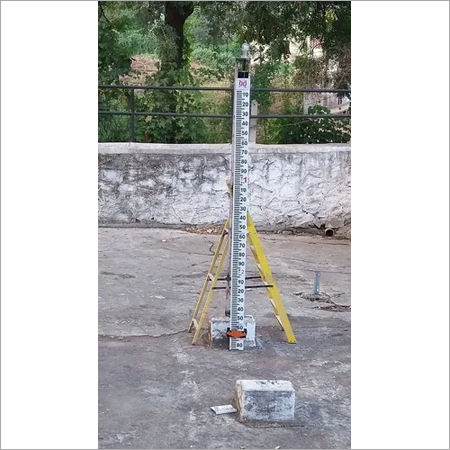
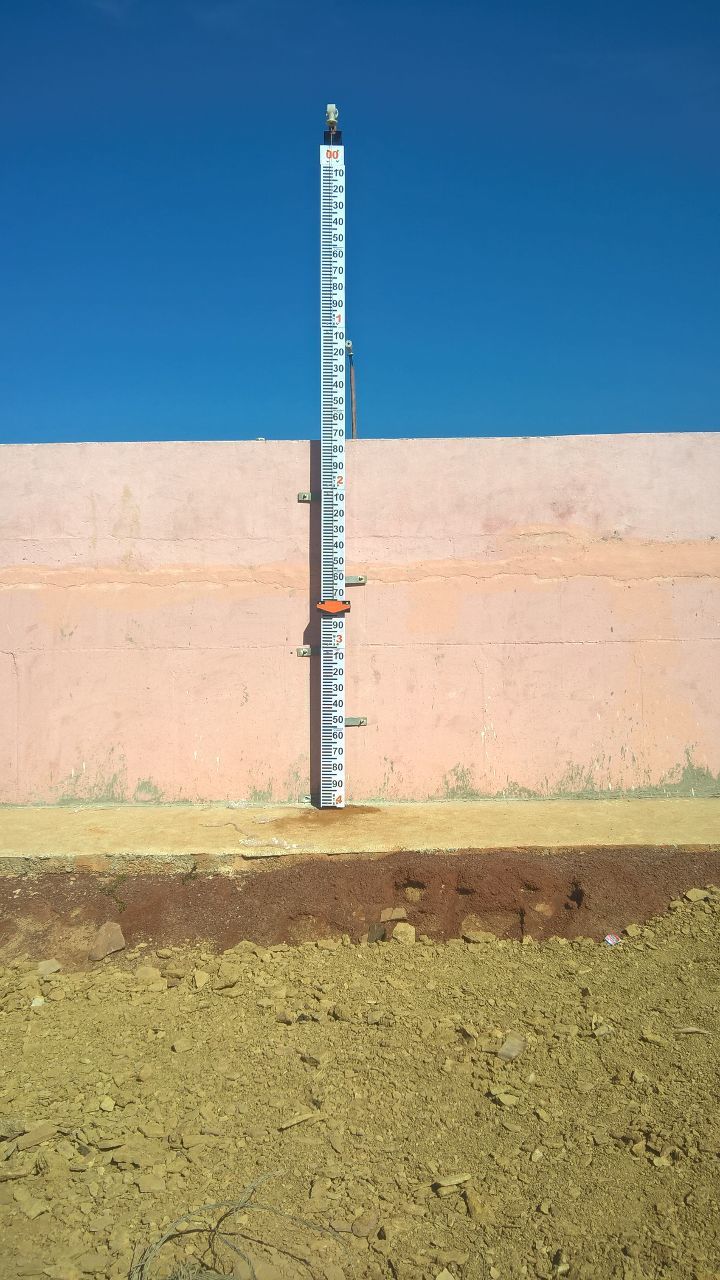
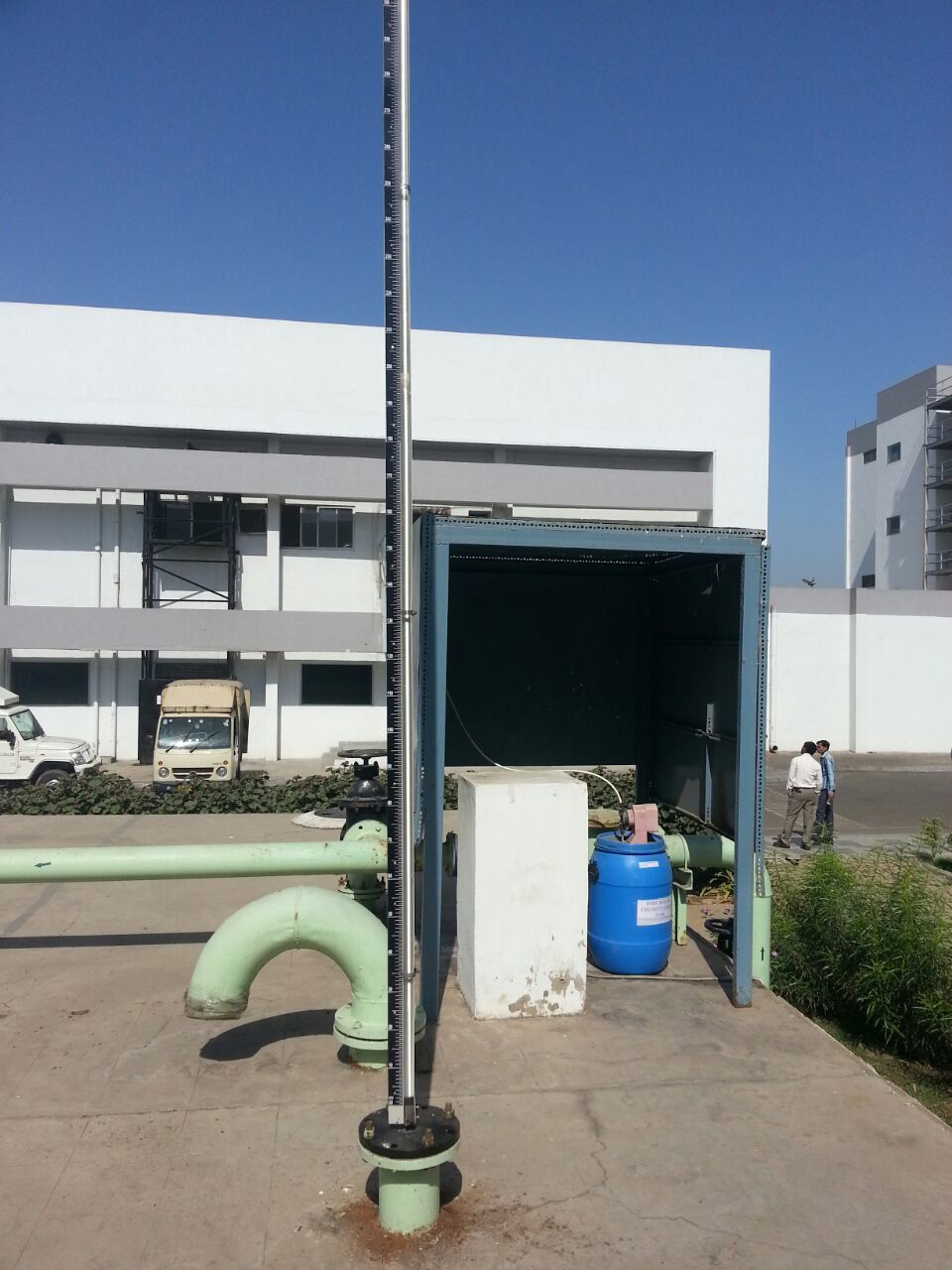
Under Ground Tank Level Indicator
10800 INR
Product Details:
- Frequency 50 Hertz (HZ)
- Product Type Tank Level Indicator
- Working Temperature 150 Celsius (oC)
- Application Industries
- Warranty 1 Year
- Click to view more
X
Under Ground Tank Level Indicator Price And Quantity
- 1 Pair
- 10800 INR
Under Ground Tank Level Indicator Product Specifications
- 150 Celsius (oC)
- 1 Year
- Tank Level Indicator
- 50 Hertz (HZ)
- Industries
Under Ground Tank Level Indicator Trade Information
- All India
Product Description
An underground tank level indicator is a device used to monitor and display the level of liquid inside an underground storage tank. These tanks are commonly used for storing liquids such as water, fuel, or chemicals. Monitoring the tank level is essential for various applications, including managing inventory, preventing overflows, and ensuring the proper functioning of equipment that relies on the stored liquid.
Product details
|
Model |
FBLI |
|
Brand |
KABIR |
|
Packaging Type |
CORUGATED BOX |
|
Number Of Pieces Per Packet |
2 |
|
Magnetic |
NA |
|
Voltage |
NA |
|
Type |
MECHNICAL |
|
Material |
SS/PP |
|
Size |
1" |
|
Usage/Application |
LIQUID |
Here are some common types of underground tank level indicators:
1. Float Gauges:
a. Mechanical Float Gauges: These use a float connected to a mechanical indicator on the surface. As the liquid level changes, the float moves, and the corresponding changes are displayed on a dial or gauge.
b. Electronic Float Gauges: Instead of a mechanical indicator, electronic float gauges use sensors to measure the position of the float and transmit the data electronically to a display unit.
2. Ultrasonic Level Sensors:
Ultrasonic sensors use sound waves to measure the distance between the sensor and the liquid surface. As the liquid level changes, the sensor sends and receives ultrasonic pulses, and the level is calculated based on the time it takes for the pulses to travel.
3. Pressure Transducers:
Pressure transducers measure the pressure exerted by the liquid in the tank. As the liquid level changes, the pressure on the transducer changes, and this information is used to determine the tank level.
4. Capacitance Sensors:
Capacitance-based sensors measure the dielectric constant of the material between two electrodes. The level of the liquid affects the capacitance, providing information about the tank level.
5. Radar Level Sensors:
Radar sensors use radar waves to measure the distance to the liquid surface. They are suitable for various types of liquids and are often used in industrial applications.
6. Hydrostatic Level Sensors:
These sensors measure the pressure at the bottom of the tank, which is directly related to the liquid height. This information is then used to calculate the liquid level.
Applications of Under Ground Tank Level Indicator:
1. Petroleum and Chemical Industry:
Underground tanks are frequently used for storing fuels, oils, and chemicals. Level indicators ensure that there is a sufficient supply of these materials for industrial processes and prevent overflows or shortages.
2. Water and Wastewater Management:
Underground tanks are employed for storing water in municipal water supply systems and wastewater treatment plants. Level indicators help manage water distribution, monitor reservoir levels, and prevent shortages.
3. Agriculture:
Farms often use underground tanks for storing water, fertilizers, and pesticides. Level indicators assist in optimizing irrigation, ensuring a steady water supply for crops, and preventing over-application of chemicals.
4. Utilities and Power Plants:
Underground tanks may store various liquids, including cooling water, lubricants, and chemicals in power plants. Level indicators play a critical role in maintaining operational efficiency and preventing equipment damage due to insufficient or excess liquid levels.
5. Food and Beverage Industry:
Storage of liquid ingredients, such as oils, syrups, or flavorings, may occur in underground tanks. Level indicators help manage inventory and ensure a consistent supply of ingredients for food and beverage production.
6. Mining Industry:
Underground tanks are used for storing chemicals, water, and other materials in mining operations. Level indicators help optimize resource usage, track chemical inventories, and prevent environmental contamination.
7. Construction Sites:
Construction sites may use underground tanks for storing water or fuel for construction equipment. Level indicators aid in managing fuel consumption and ensuring a continuous water supply for construction activities.
8. Transportation and Logistics:
Underground tanks in transportation hubs, such as airports or trucking terminals, store fuels for vehicles. Level indicators help monitor fuel levels, plan refueling schedules, and prevent fuel shortages.
9. Environmental Monitoring:
Underground tanks used for environmental monitoring, such as groundwater sampling or storage of monitoring solutions, benefit from level indicators to ensure accurate and reliable data collection.
10. Emergency Backup Systems:
Emergency generators often have underground fuel tanks to ensure a reliable fuel supply during power outages. Level indicators are critical for monitoring fuel levels and maintaining the readiness of backup power systems.
Under Ground Tank Level Indicator FAQ:
Q. What is an underground tank level indicator?
Ans: An underground tank level indicator is a device used to monitor and display the level of liquid inside a storage tank that is situated underground. It helps in managing inventory, preventing overflows, and ensuring the proper functioning of equipment.
Q. Why are underground tank level indicators important?
Ans: Underground tank level indicators are crucial for various industries to monitor liquid levels in storage tanks. They help prevent spills, ensure a steady supply of liquids for processes, and contribute to safety and environmental compliance.
Q. What types of liquids can be monitored using underground tank level indicators?
Ans: Underground tank level indicators can be used to monitor various liquids, including water, fuels (gasoline, diesel), oils, chemicals, and other substances used in industrial, agricultural, or commercial applications.
Q. How do underground tank level indicators work?
Ans: The working principle depends on the type of indicator. Common methods include float gauges, ultrasonic sensors, pressure transducers, capacitance sensors, radar level sensors, and hydrostatic level sensors. These devices measure the liquid level through mechanical, electronic, or other means and provide feedback to a display unit.
Q. Are underground tank level indicators suitable for hazardous materials?
Ans: Yes, there are indicators designed for use with hazardous materials. However, it's crucial to select indicators that comply with safety standards and regulations for the specific type of hazardous material being stored.
Q. What factors should be considered when choosing an underground tank level indicator?
Ans: Considerations include the type of liquid, environmental conditions, accuracy requirements, maintenance needs, and the specific industry application. It's also important to adhere to any relevant safety and regulatory standards.
Q. Can underground tank level indicators be retrofitted onto existing tanks?
Ans: In many cases, yes. Various types of level indicators are designed for easy installation and can be retrofitted onto existing tanks without significant modifications.
Q. Are wireless underground tank level indicators available?
Ans: Yes, there are wireless options available. Wireless technology allows for remote monitoring and real-time data access, enhancing the convenience of monitoring tank levels.
Q. How do underground tank level indicators contribute to environmental protection?
Ans: By preventing overflows and leaks, underground tank level indicators help avoid environmental contamination. They play a key role in ensuring that stored liquids are managed responsibly and in compliance with environmental regulations.
Q. Are underground tank level indicators suitable for small-scale applications?
Ans: Yes, there are indicators designed for a wide range of tank sizes, including small-scale applications. The choice depends on the specific requirements of the application and the characteristics of the stored liquid.
Tell us about your requirement

Price:
Quantity
Select Unit
- 50
- 100
- 200
- 250
- 500
- 1000+
Additional detail
Mobile number
Email
Other Products in 'Level Indicator' category
"We are expecting inquiries from international market"
And also we want more inquires from countries like Middle East Countries, African Countries, South East Asia and North America.
And also we want more inquires from countries like Middle East Countries, African Countries, South East Asia and North America.

 English
English Spanish
Spanish French
French German
German Italian
Italian Chinese (Simplified)
Chinese (Simplified) Japanese
Japanese Korean
Korean Arabic
Arabic Portuguese
Portuguese



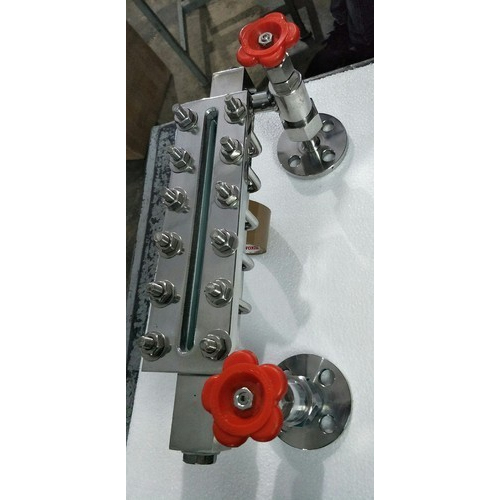

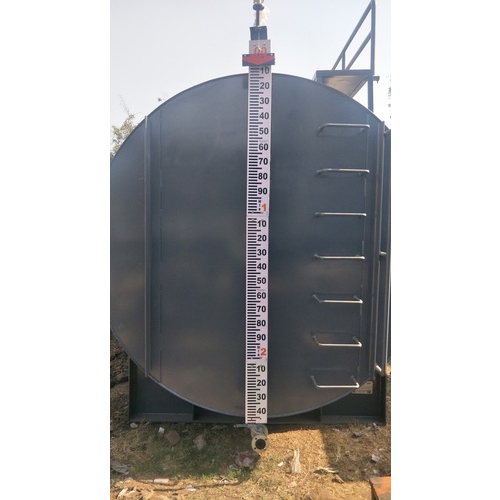
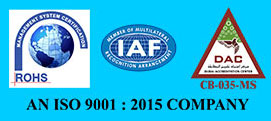
 Call Me Free
Call Me Free
